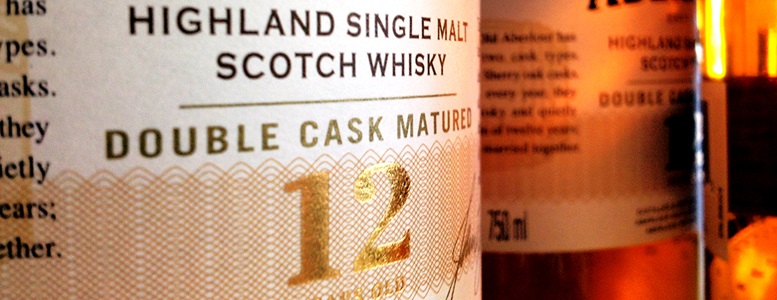
"Let other poets raise a fracas ‘bout vines, an' wines, an' drucken Bacchus,’ . . . I sing the juice Scotch [barley] can mak us” (Robert Burns, 1785). As a gesture of hospitality, a social occasion, a national drink, scotch whisky has been enjoyed and celebrated in Scotland for hundreds of years. From the nineteenth century on, with the advent of blended scotch, the spirit's popularity spread worldwide. Premium scotches are best consumed neat, with a few drops of water or with ice.
Know The Label
These terms commonly appear on scotch labels. For further information about scotch, please ask the staff at your Virginia ABC store.
Blended scotch is produced by combining different malted barley and grain whiskies. Each brand employs a proprietary recipe to to achieve a consistent taste and quality. “Blended scotch” means a blend of one or more single malt scotches with one or more single grain scotches. "Blended malt scotch” means a blend of two or more single-malt scotches that have been distilled at more than one distillery (2009: 2890).
Barrel
Peat smoke
Heavily peated
Cocktail Conversation

Spirited Virginia is your guide to new products, creative cocktails, in-store tastings, promotions and what's hot in the world of spirits and entertaining (21 or older).
Social Media
Follow Spirited Virginia on Facebook.
Quarterly Magazine

Read it online or pick up a free copy at your local Virginia ABC store. View all issues.
e-Newsletter
Sign up for the Spirited Virginia e-newsletter to stay informed about the latest news about products.
Sip Responsibly
Virginia ABC empowers its customers to make mindful choices about alcohol. Browse our Sip Responsibly section for information and resources to keep Virginians safe and healthy.


